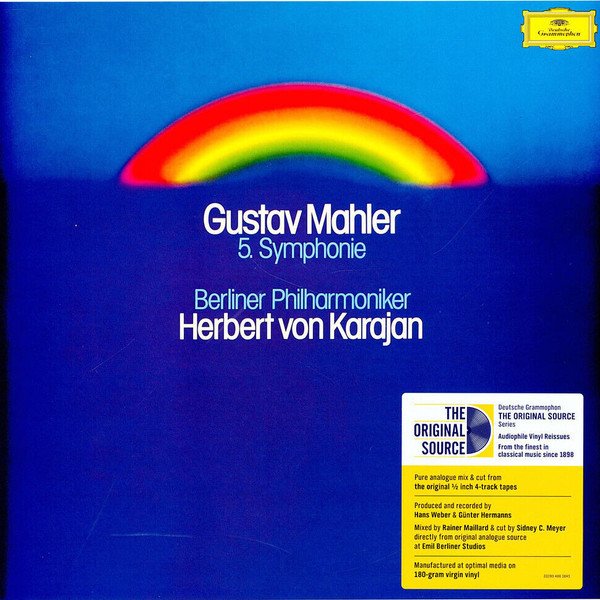I checked original Analog Planet article and I must say that both the article and the graph (below) are incorrect.
View attachment 116545
According to Acoustical Systems, UNI-DIN geometry is based on DIN standard for outer and inner groove radiuses, 146.3mm and 57.5mm respectively. But above graph made by Wally Malewicz and shared by M. Fremer is based on IEC standard which is 146.3mm and 60.325mm. When you look at the inner null points you can see Lofgren A is 66.0mm Lofgren B is 70.3mm and UNI-DIN is 63.3mm. That graph is clearly using IEC. Between IEC and DIN standards only the inner groove radius changes and it may not seem important but it also changes inner null points. Which is very important. That’s why the graph is wrong. It should be drawn using DIN standard because the point of UNI-DIN geometry is advocating DIN standard for inner and outer groove radiuses. A fair comparison requires a new graph in DIN standard. Here is how it should be:
View attachment 116546
- 12” tonearm UNI-DIN effective length: 300mm, overhang: 12mm, offset: 16.95° (approximately).
- Other geometries are automatically drawn for 300mm effective length
View attachment 116547
The whole article on Analog Planet is based on a graph drawn in IEC standard to compare a geometry which is based on DIN standard. Also the conclusions are wrong because inner null points are different.
IMHO with the new, correct graph UNI-DIN geometry makes more sense by keeping distortion very low around inner grooves where distortion increases radically. if you have a record collection cut close to label UNI-DIN is much better than Lofgren B.








